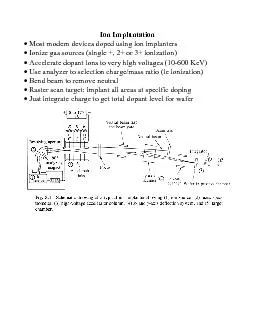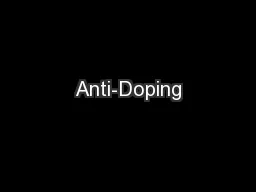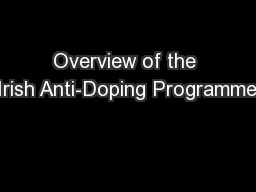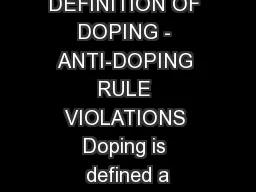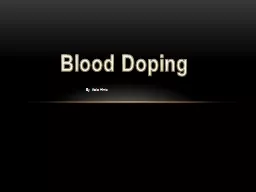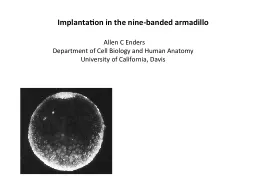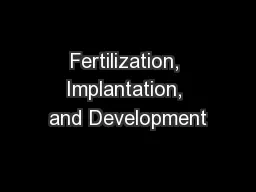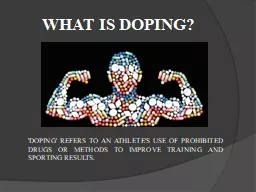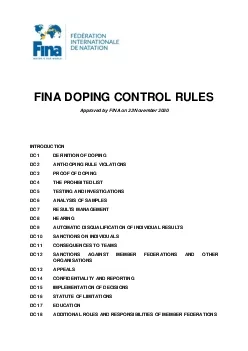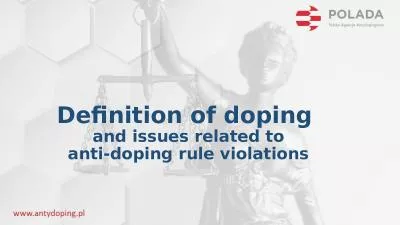PDF-Ion Implantation Advantages Precise control of doping levels Measure
Author : tatiana-dople | Published Date : 2015-11-03
Ion Implant useful Formulas Energy Ei in each ion is in electron Volts ZeVmvEi221 Where V accelerating voltage Volts v velocity of the ion m mass of the ion Z
Presentation Embed Code
Download Presentation
Download Presentation The PPT/PDF document "Ion Implantation Advantages Precise con..." is the property of its rightful owner. Permission is granted to download and print the materials on this website for personal, non-commercial use only, and to display it on your personal computer provided you do not modify the materials and that you retain all copyright notices contained in the materials. By downloading content from our website, you accept the terms of this agreement.
Ion Implantation Advantages Precise control of doping levels Measure: Transcript
Download Rules Of Document
"Ion Implantation Advantages Precise control of doping levels Measure"The content belongs to its owner. You may download and print it for personal use, without modification, and keep all copyright notices. By downloading, you agree to these terms.
Related Documents

